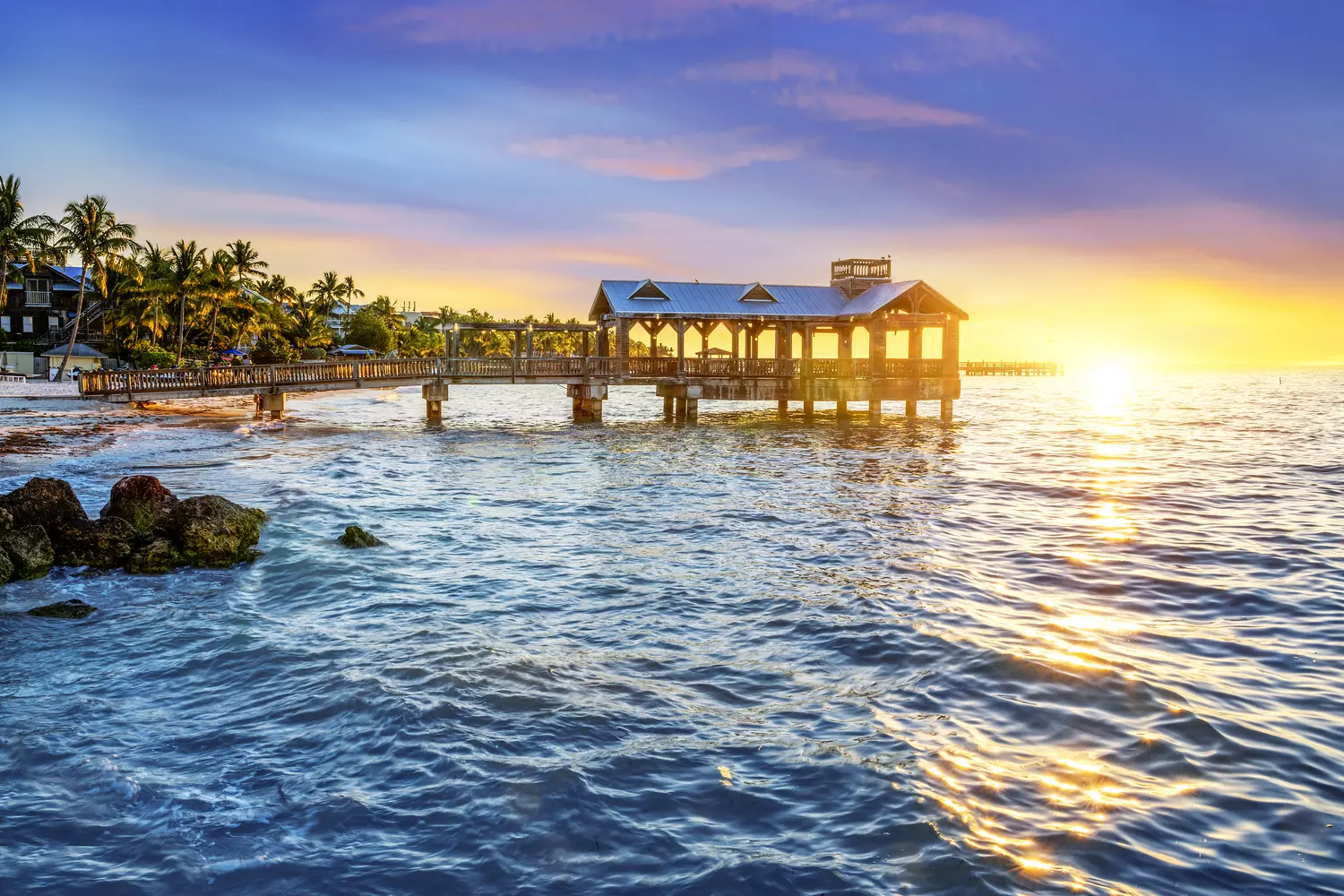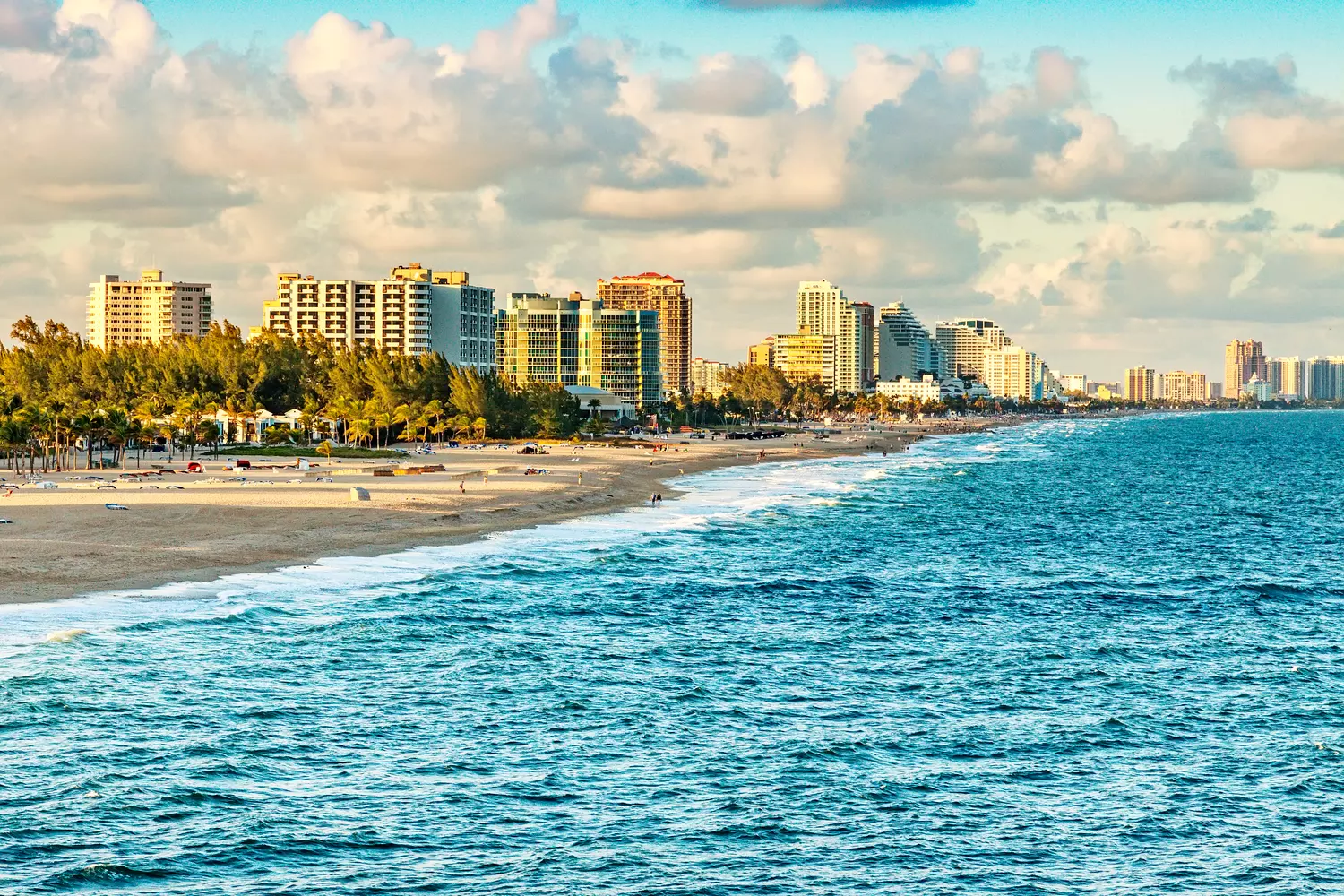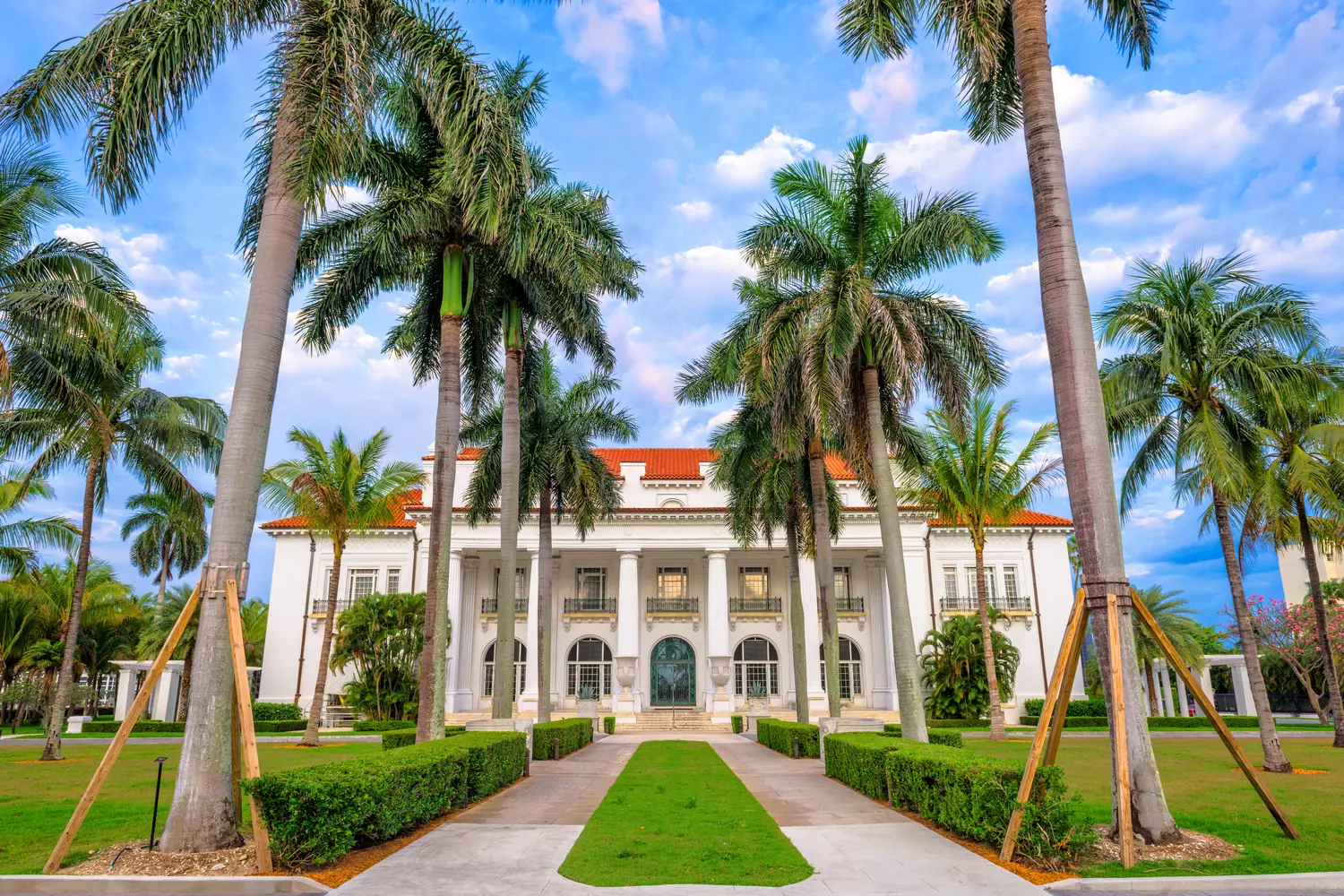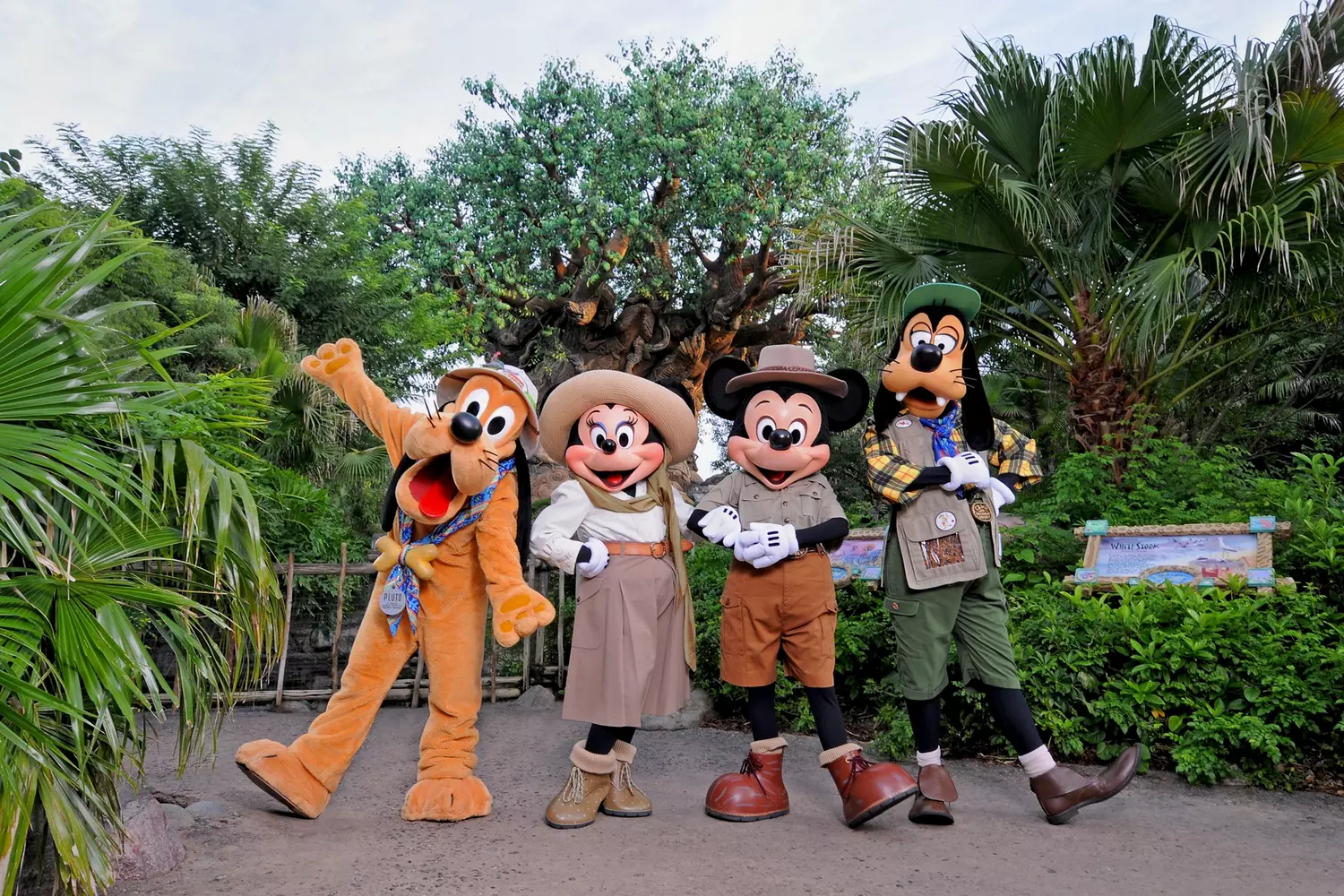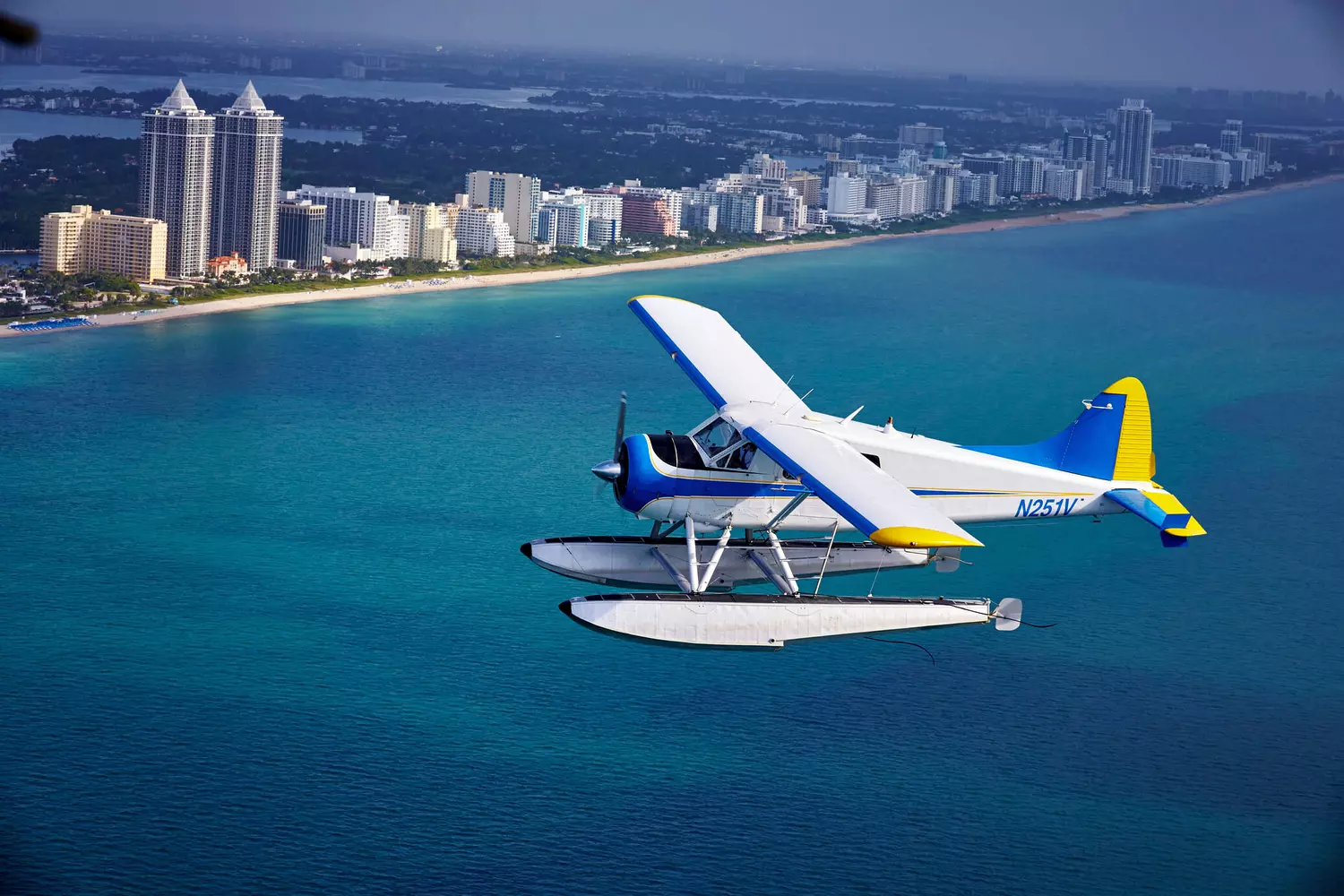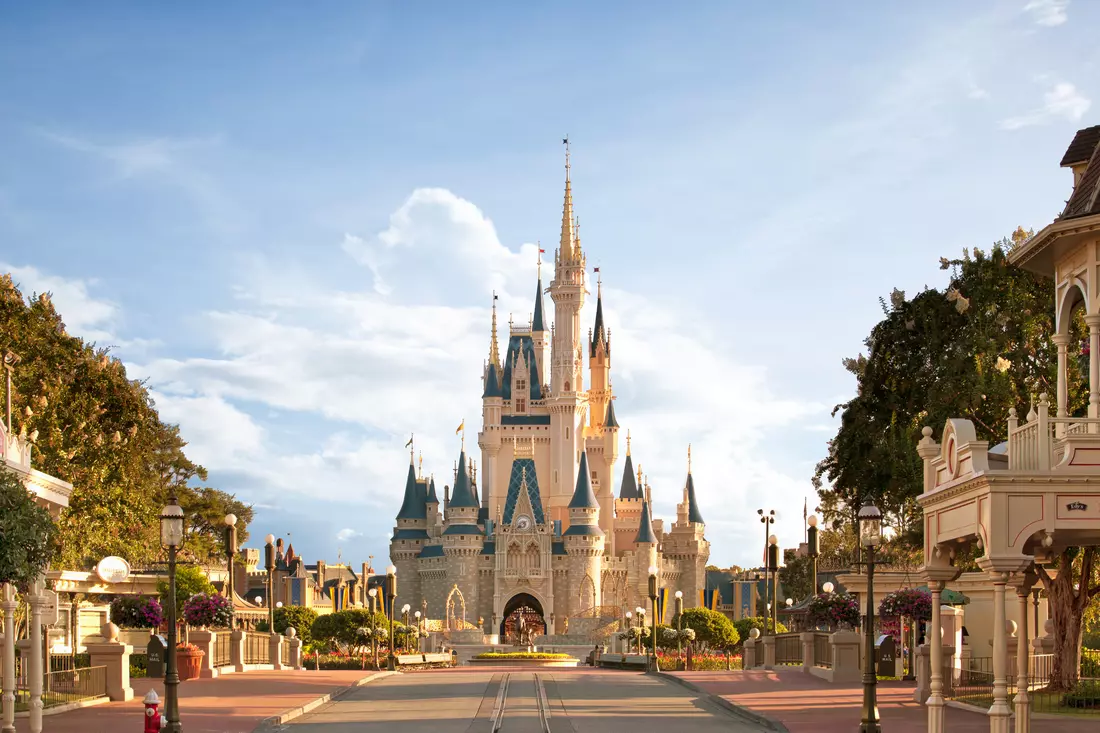There are places that can’t be described with dry words like "nature" or "landscape." Joshua Tree National Park is exactly that kind of place. It's not just a national park in Southern California — it's one of those rare locations where the line between imagination and reality blurs. Coming here feels like stepping into a scene from a sci-fi movie or landing on another planet. Rocky terrains, trees that look like they're carved from a dream, and the silent, majestic desert create the sensation that time has stopped.
The landscape of Joshua Tree is a fusion of surrealism and raw natural power. You can spend hours just gazing at the twisted silhouettes of the yuccas, watching sunlight paint the rocks in copper and crimson shades. This place quite literally resets your mind and brings you back to your true self. It’s a cosmic portal to a world of surreal forms, silence so deep it’s almost loud, and emotions that no photograph can capture. Here, it’s easy to forget you’re still on planet Earth.
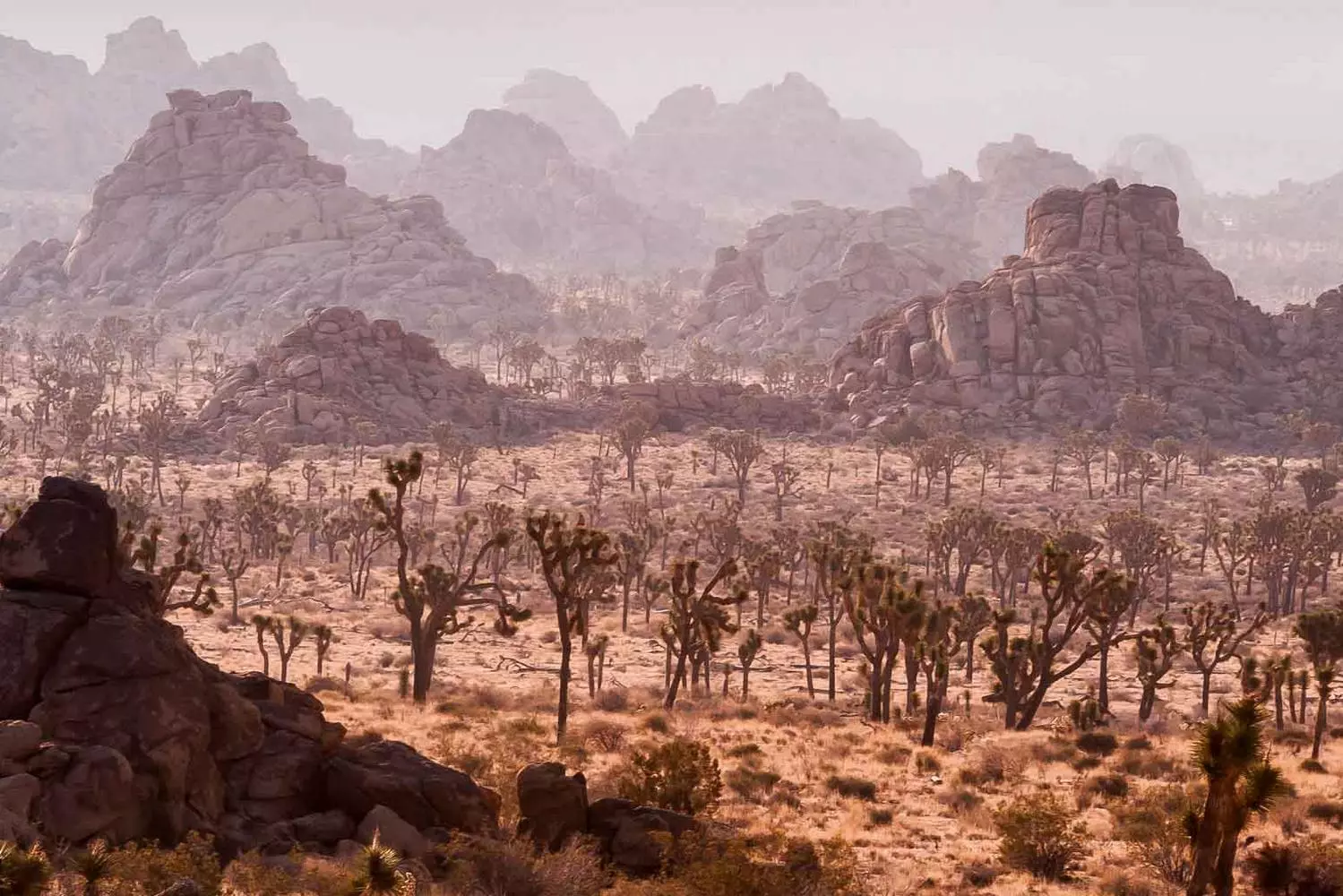
It was here that the band U2 wrote part of their eponymous album The Joshua Tree — and it's no coincidence. The atmosphere of this place truly sparks inspiration.
Where is Joshua Tree Park located?
The park stretches between two deserts: the Mojave and the Colorado. This is more than just a geographical detail — it’s the meeting point of two different worlds. The Mojave Desert, elevated and arid, with its characteristic Joshua trees, borders the lower and hotter Colorado Desert, where cacti, shrubs, and softer terrain dominate. This clash of two climates and ecosystems has created a unique biodiversity that earned the park the status of a biosphere reserve.
This territory is a true open-air museum. You can literally track changes in flora and fauna over just a few kilometers. Rock formations, as if carved by a great sculptor, give way to dunes and plains with bizarre vegetation. Such diversity is rare even on the scale of the United States. The park is home to more than 250 species of birds, 50 species of mammals, including coyotes, jackrabbits, and foxes, as well as countless reptiles and insects. In spring, especially after rains, the desert blooms into a carpet of wildflowers, transforming the harsh landscape into a true riot of color.
The park was established in 1936 and became a national park in 1994. It covers an area of over 3,200 square kilometers. For many years, this place has attracted not only tourists but also scientists, artists, photographers, and yoga enthusiasts. The park actively participates in environmental protection programs, visitor education, and the preservation of its unique desert ecosystems.
The nearest towns — Palm Springs and Twentynine Palms — are ideal base points for visiting the park. And from Los Angeles, it takes about 2.5–3 hours to get here, making Joshua Tree a perfect spot for a short weekend getaway or even a one-day nature trip.
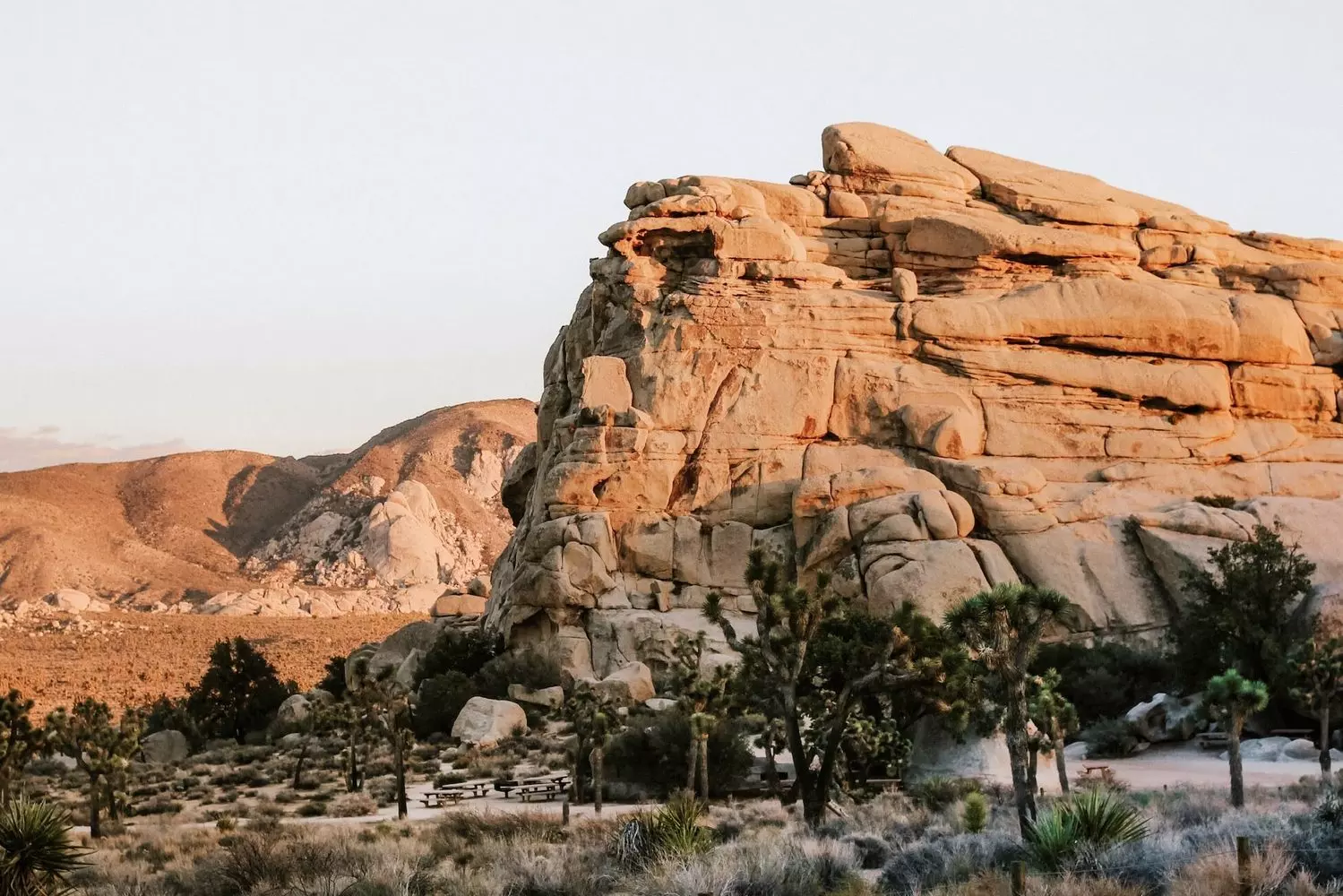
Почему стоит посетить Джошуа Три хотя бы раз в жизни
If you love unusual landscapes, meditating in nature, hiking, stargazing, or simply want a break from the city — this park was made for you. Everyone will find something here: a photographer — a unique shot, a traveler — a new sensation, and a city dweller — the kind of silence they haven’t heard in a long time.
Here are just a few reasons to visit
- Otherworldly landscapes with giant boulders and "yogi trees" that look straight out of a Mars movie
- Over 300 days of sunshine a year, making your trip nearly risk-free weather-wise
- Perfect conditions for astronomy — one of the darkest night skies in the U.S., where you can even see the Milky Way
- Excellent hiking trails: from easy walks to serious climbs
- Campgrounds where you can experience true wilderness, light a fire, and fall asleep under the stars
- Diverse flora and fauna, including desert tortoises, coyotes, and nocturnal owls
- The chance to feel the spirit of the Wild West and breathe in the inspiration that fills the air here
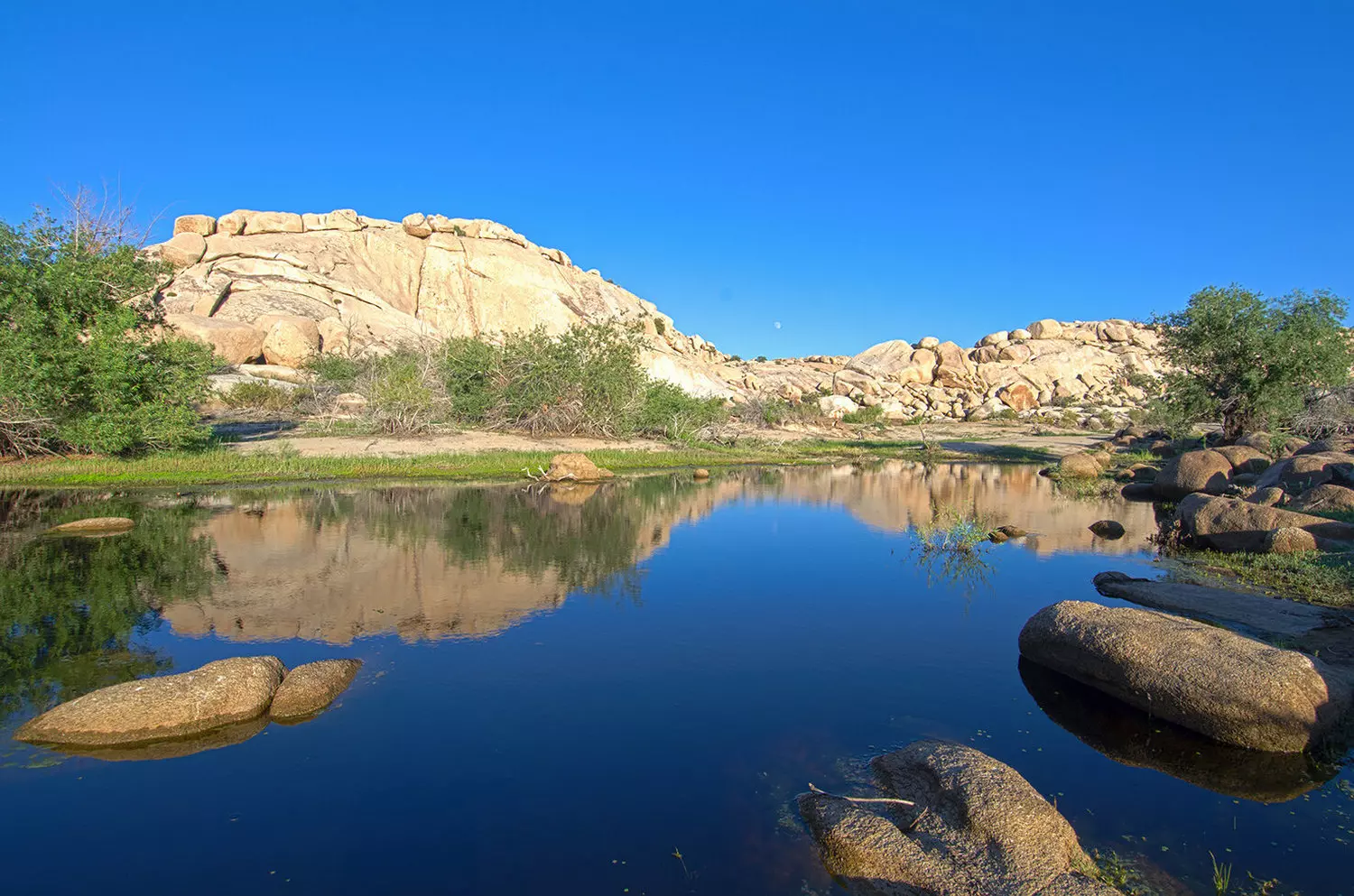
The Joshua Tree is the symbol of the park
It’s not exactly a tree, but a species of yucca — Yucca brevifolia. It can grow up to 10 meters tall and live for hundreds of years. Its strange shape, with outstretched “arms,” really does resemble a cartoon character or a futuristic sculpture. The Mormons, who were among the first to arrive in these lands, gave it the name Joshua because, according to their tradition, the tree reminded them of the prophet Joshua, lifting his hands to the sky in prayer and pointing the way through the desert.
The Joshua tree is an integral part of the Mojave Desert ecosystem. It provides shelter and food for many animals: birds build nests in its branches, insects pollinate its flowers, and small mammals find shade beneath it. In spring, it blooms with fragrant white flowers, and its fruits are a delicacy for local wildlife.
Today, it’s not just the symbol of the park but a kind of “calling card” of the American Southwest. It’s important to remember: Joshua trees are protected — picking, breaking, or especially removing them is strictly forbidden. Any interference with their life can lead to serious fines. Respect for nature is the most important rule for every park visitor.
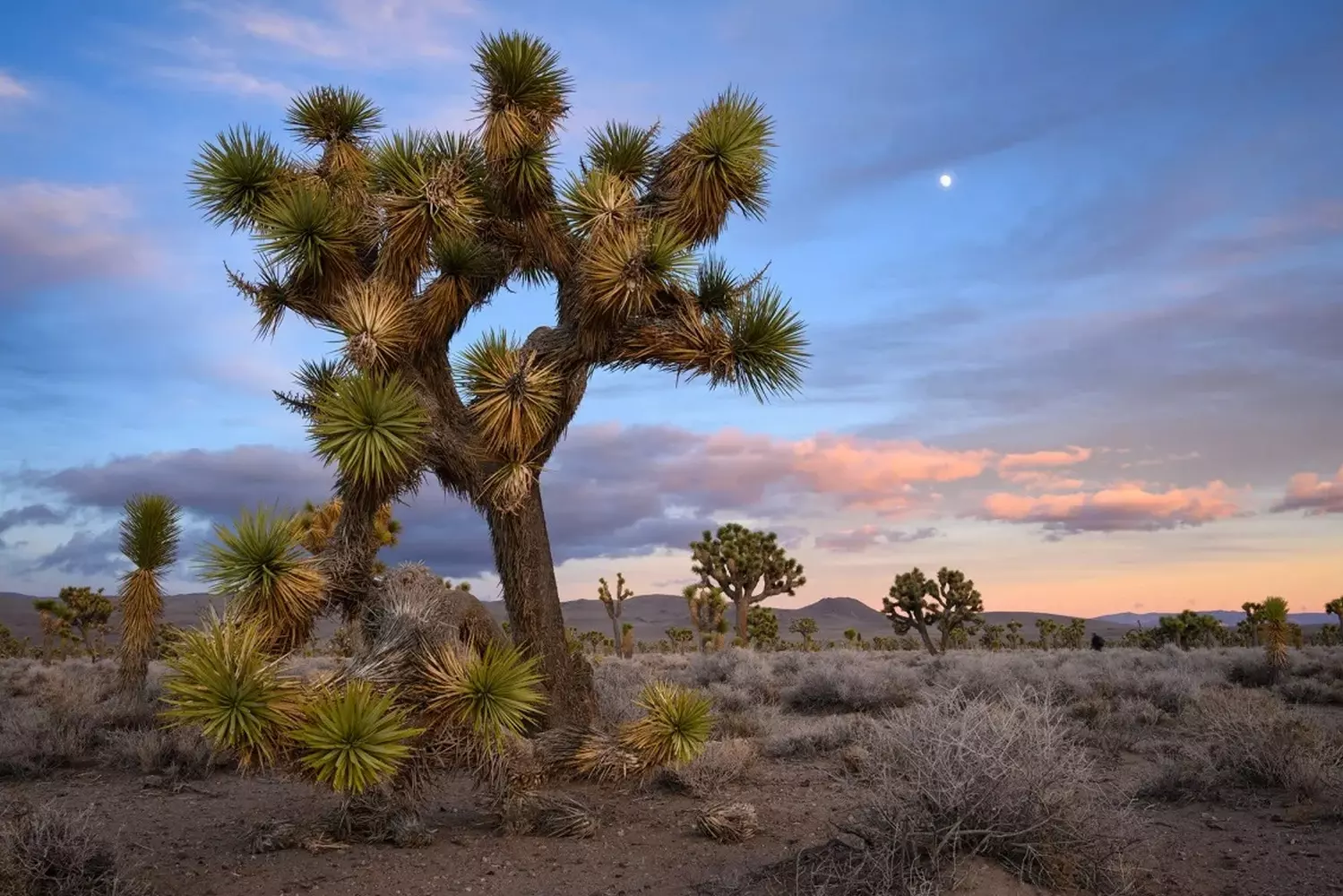
The best places in Joshua Tree National Park
The park is vast — over 3,000 square kilometers. That’s why it’s important to plan ahead and know what to see. Despite its desert climate, the area offers a stunning variety of landscapes: from flat plains to rugged mountain ranges with boulders scattered as if by giants. Each zone of the park has its own character and mood — from peaceful meditation to epic drama.
Must-Visit Locations
- 01. Hidden Valley
A scenic valley enclosed by stone walls, with an easy trail and a great picnic area. This spot is especially popular among rock climbers and beginner hikers. The surrounding rocks create a sense of intimacy and seclusion — like a natural sanctuary. - 02. Barker Dam
A small artificial reservoir built by cowboys over a century ago. You can often spot birds and even wild animals coming here to drink. In spring and after rain, the dam is especially picturesque — reflections of rocks and trees in the water create a kind of desert poetry. - 03. Cholla Cactus Garden
A field of fuzzy cholla cacti, most magical at sunrise when their spines glow in the morning light. The golden hue from the sun creates a mystical atmosphere, and in the evening, the garden fills with a quiet, enchanting mood. - 04. Skull Rock
A boulder shaped like a skull, sculpted by wind and time. A convenient loop trail runs nearby, suitable even for families with children. This is one of the park’s most iconic and photogenic spots. - 05. Keys View
A panoramic viewpoint overlooking the Coachella Valley, the San Andreas fault line, and — on a clear day — even Mexico. The best time to visit is at sunset, when the interplay of light and shadow adds dramatic depth to the landscape. - 06. Arch Rock
A natural stone arch and one of the most photogenic locations in the park. A short but scenic trail leads you there through cactus fields and rocky corridors. It’s especially beautiful at night, when you can photograph the arch against a backdrop of stars — a favorite spot for astrophotography.
If you have a bit more time, don’t miss Split Rock, Hall of Horrors, and Cap Rock — less crowded but equally stunning corners of the park, where you can truly feel the wildness and serenity of the desert.
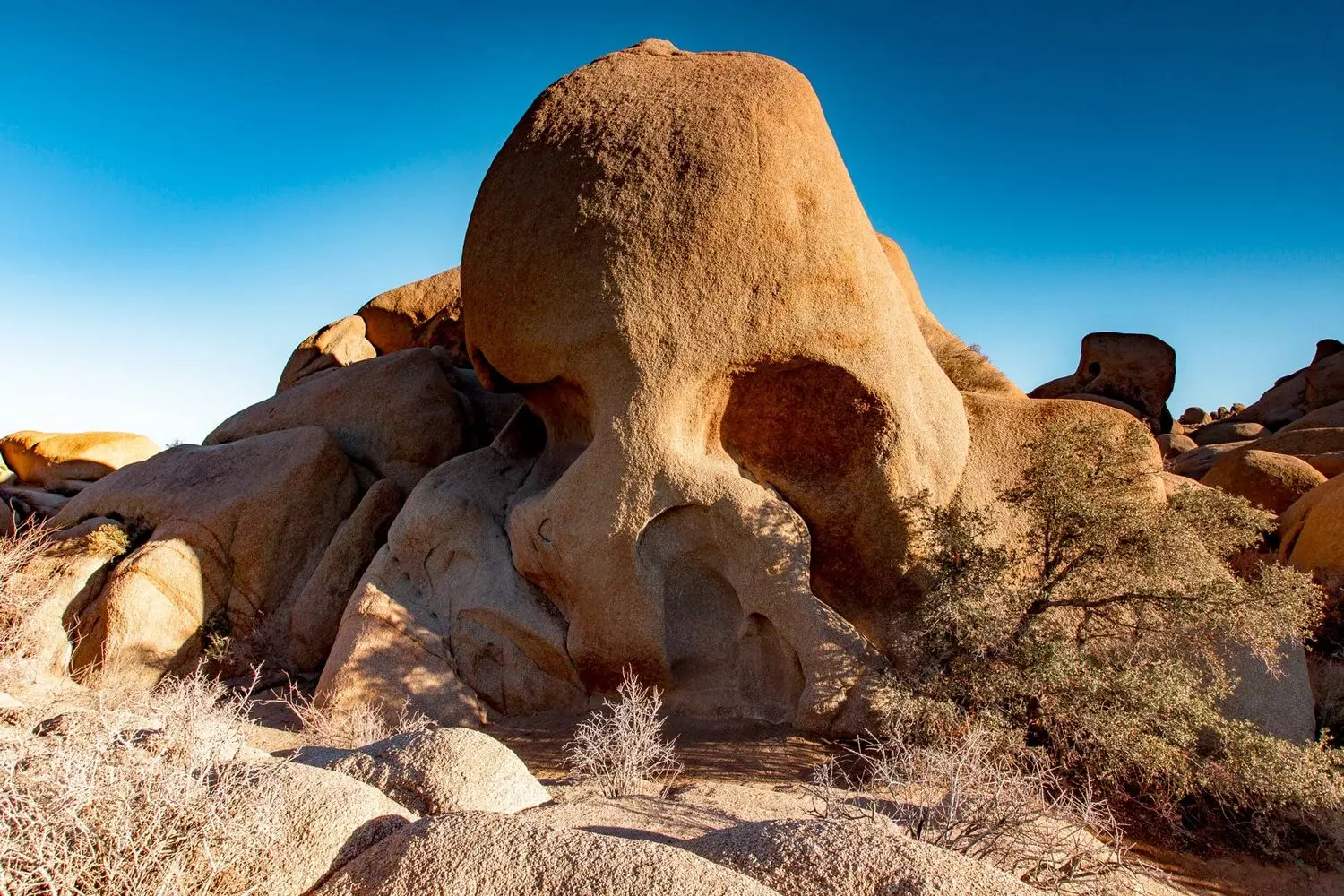
Hiking: Where to go and what to consider
The park offers dozens of trails suited for various fitness levels and interests. Here are some of the most popular and scenic ones:
- 01. Ryan Mountain Trail
A moderate hike to a summit with breathtaking panoramic views of the entire park. It's about 5 km round trip with a fairly steep incline, but the 360° view at the top is well worth the effort. - 02. Lost Horse Mine
A historical route about 7 km round trip, leading to one of the best-preserved gold rush-era mines. A great hike for history buffs and lovers of serene desert landscapes alike. - 03. 49 Palms Oasis
An amazing trail leading to a real oasis amid rocky slopes and arid terrain. About 5 km round trip, the path winds through mountainous terrain and ends in a green valley with palm trees, where wildlife is often spotted. - 04. Boy Scout Trail
A long trail (13 km one way) perfect for those seeking a full desert immersion. You can complete the full route or hike just a portion — for instance, to the Wonderland of Rocks, an area known for its striking boulder formations. - 05. Hi-View Nature Trail
A short yet informative loop (1.5 km) ideal for families with children. Educational signs along the way explain the unique desert ecosystem. - 06. Pine City Trail
A lesser-known but scenic trail through a pine grove and the remnants of old mines. It's approximately 6 km round trip and often offers peaceful solitude far from tourist crowds.
What You Should Keep in Mind
- Summers are extremely hot — temperatures can reach up to +45°C, and the heat begins early in the day
- Bring plenty of water: at least 3–4 liters per person per day, especially for longer hikes
- The best times for hiking are spring and fall, when the weather is mild and blooming plants enhance the scenery
- Cell service is nearly nonexistent — let friends or family know your plans in advance
- Stick to marked trails to avoid harming the environment and to prevent getting lost
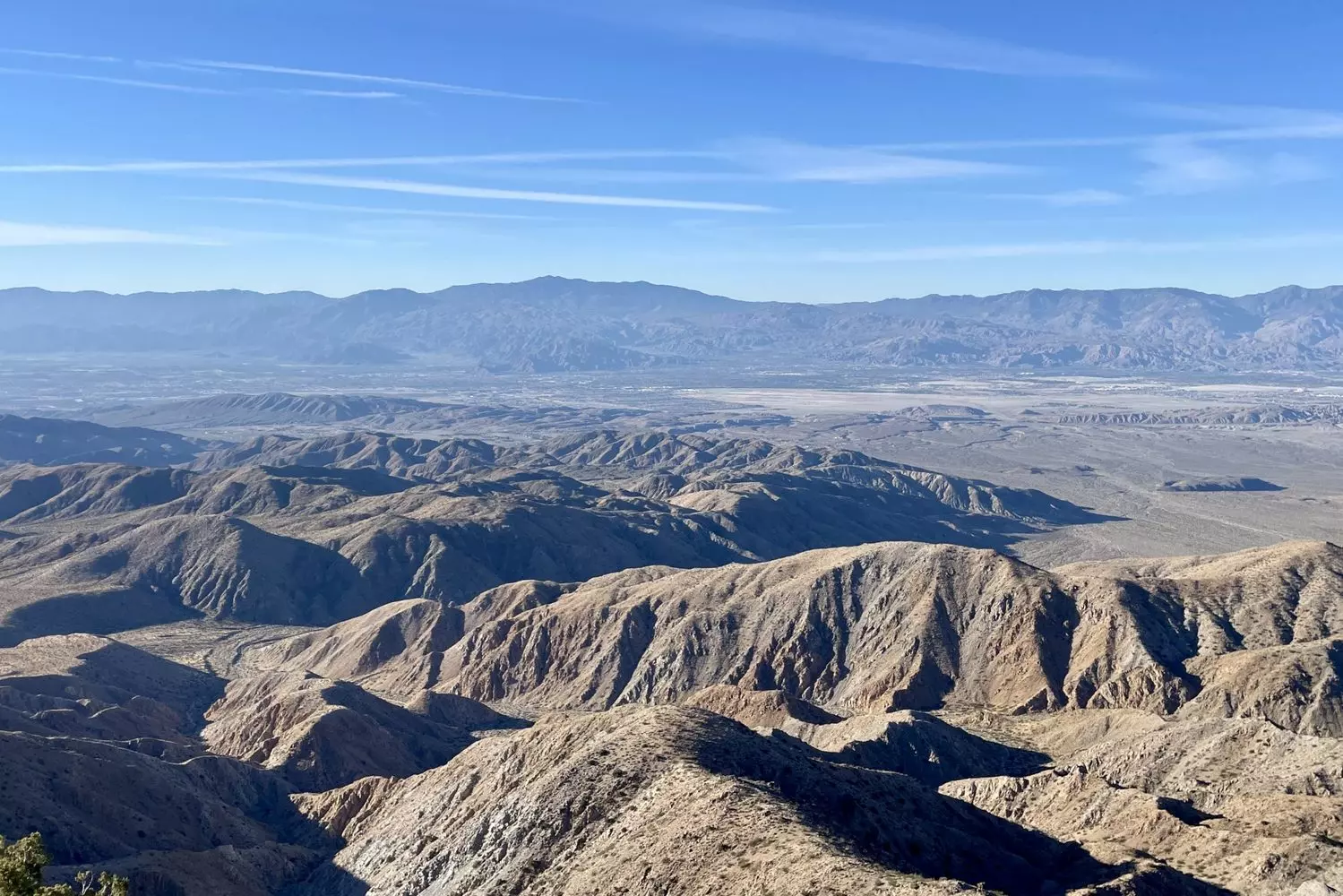
The Best Festivals in America: Where and When to Go
Camping and Accommodation
Joshua Tree National Park offers several convenient camping areas, each with unique features catering to different types of travelers.
- 01. Jumbo Rocks
This is a popular campground known for its massive boulders. You can enjoy solitude surrounded by giant rock formations that create a truly unique atmosphere. Ideal for those seeking comfort and stunning views right from the campsite. - 02. Hidden Valley
Perfect for those who crave wilderness and quiet. Nestled among rocky formations and shrublands, this campsite offers a sense of seclusion and a deep connection with nature. - 03. Black Rock
Located closer to civilization, this campground is convenient for those who want to enjoy nature while still having easy access to shops, restaurants, and other amenities.
In addition, several nearby towns offer alternative lodging options:
- Twentynine Palms
Affordable yet full of local charm, it's a great place for travelers who want to save money while experiencing the local vibe. - Joshua Tree Village
Offers a variety of cozy rental homes, including stylish "boho desert" options that provide a laid-back atmosphere and great comfort. - Palm Springs
Perfect for those who want to combine outdoor adventures with luxury and relaxation. Here, you can enjoy a laid-back stay with access to all the amenities of a city.
These campgrounds and towns provide a wide range of overnight options to suit all preferences — from secluded campsites to stylish homes and high-comfort hotels.
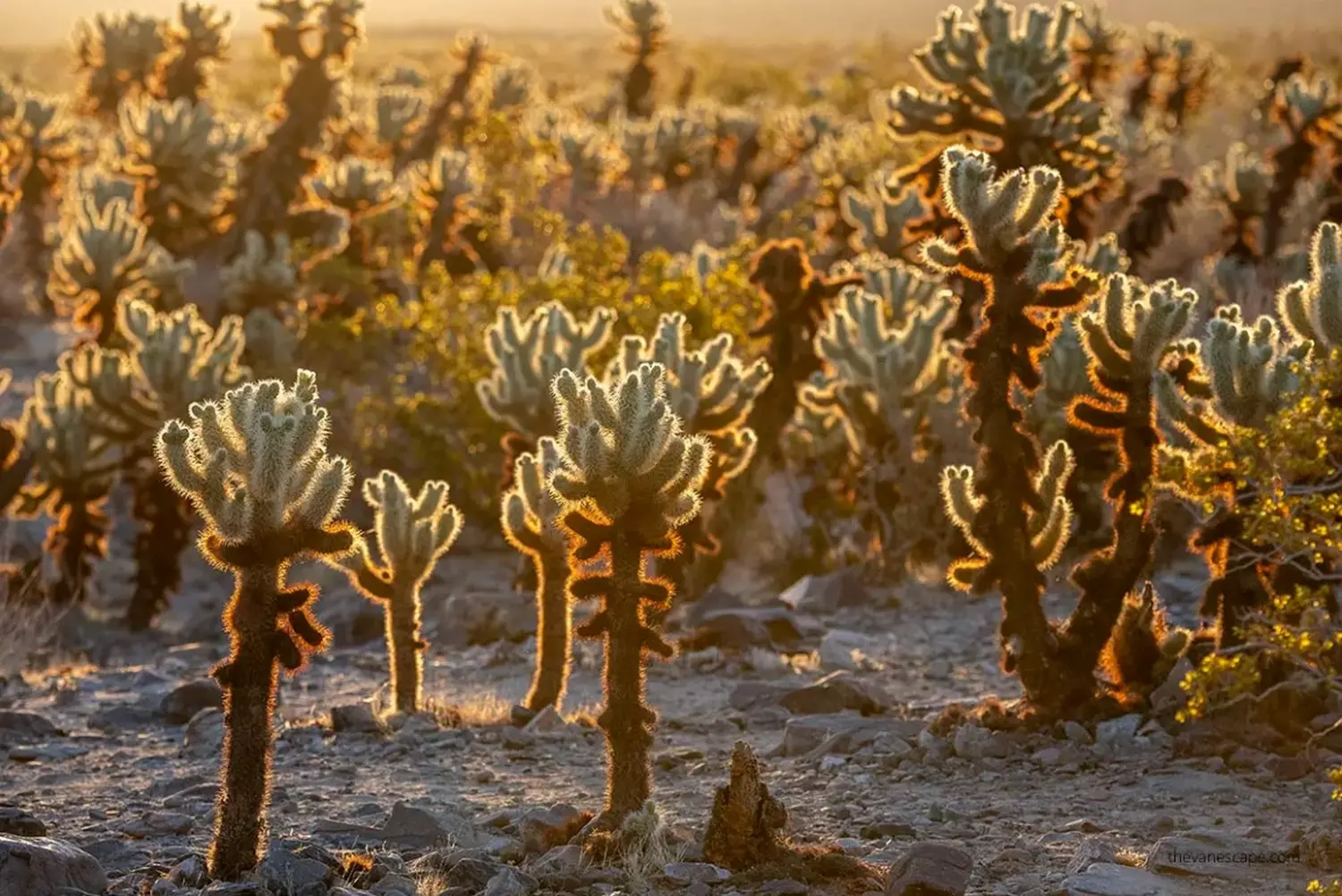
Astronomy and Night Sky
The night sky over Joshua Tree is one of the park’s most captivating and mesmerizing sights — something you truly have to experience in person. Located far from major cities and sources of light pollution, the park is considered one of the best places in the U.S. for stargazing. Thanks to the incredibly clean air and absence of artificial light, the sky reveals a breathtaking celestial display.
Especially during the new moon, when moonlight doesn’t dim the stars, the sky transforms into a living canvas where you can clearly see the Milky Way, meteor showers, and other astronomical phenomena. Both professional astronomers and casual sky-watchers often say that Joshua Tree offers some of the most star-filled skies in the country.
This is more than just stargazing — it's a full immersion into the cosmos, where the stars shine so brightly it feels as if they might fall from the heavens. The experience is so powerful that many visitors describe it as mystical — a moment of true connection with the Universe.
If you’re planning a trip to Joshua Tree, be sure not to miss the night sky — here, astronomy becomes part of the adventure, and the stars feel closer than ever before.
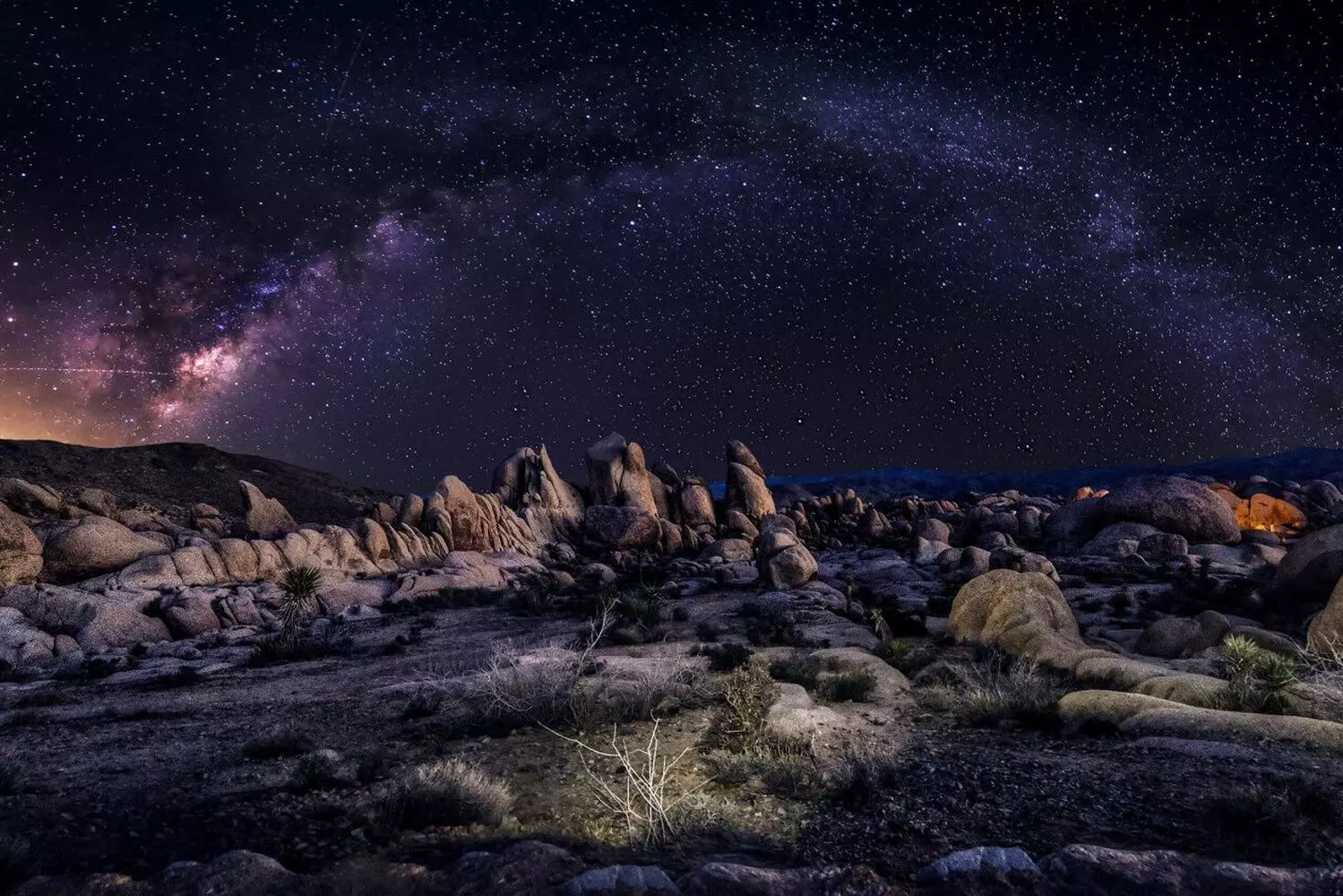
Useful Tips from Experienced Visitors
Here are some helpful tips to make your stay in Joshua Tree safe, comfortable, and eco-friendly.
- 01. Park at the Visitor Center
When you arrive at the park, the first thing to do is stop at the Visitor Center. This is an important stop where you can get a park map, find out about any closed trails, and get the latest weather updates. The center will also suggest the best routes for your visit and help you plan your time. - 02. Download an offline map
It's important to be prepared as mobile service may not always be available, especially in remote parts of the park. Therefore, it’s a good idea to download an offline map before your trip. This ensures you won’t lose your way, even if your device doesn't work due to the lack of signal. - 03. Do not feed wildlife
Although the local wildlife, including coyotes, foxes, and even lizards, may seem cute, never feed wild animals. This can alter their behavior, lead to illness, and even cause aggression. Moreover, it disrupts the natural balance, as animals should find their own food in the wild. - 04. Be eco-friendly
It's important to follow environmental principles by leaving nature as you found it. Take everything you brought with you and make sure you leave no trash behind. Try to minimize your impact on the environment, as every action can affect the park’s delicate ecosystem.
These simple rules will help you not only protect the park's nature but also make your trip more enjoyable and safe.
What to bring with you
When heading to Joshua Tree, it’s important to consider what items will help you have a comfortable and safe time in the desert, especially if you plan to hike or camp.
Here’s a comprehensive list of what to bring:
- 01. Water and food supply
In the desert, it’s particularly important to carry a sufficient amount of water — at least 3-4 liters per person per day. This will help prevent dehydration in the high temperatures and dry air. Also, don’t forget to pack easily digestible snacks such as nuts, bars, and dried fruits. - 02. Headwear and sunscreen
Joshua Tree Park is located in the desert, where the sun can be extremely intense. To avoid sunstroke, be sure to bring a hat (such as a wide-brimmed hat or cap) and sunscreen with a high SPF. It’s also useful to wear protective clothing to reduce exposure to direct sunlight. - 03. Hiking boots: Although the park has many easy trails, most routes go through rugged terrain where you might encounter rocks, sand, and uneven ground. Hiking boots will provide comfort and protection, especially if you plan on more challenging hikes.
- 04. GPS or map
In some parts of the park, mobile service may be weak or unavailable. To avoid getting lost, bring a GPS or a map with marked trails. This will allow you to navigate confidently, even if you stray from the main paths. - 05. Flashlight and spare batteries: Since the nights in the desert can be dark and cold, be sure to bring a good flashlight and spare batteries. This will help you navigate in the dark, especially if you plan to camp or travel at night.
- 06. Power bank
If you plan to use mobile devices such as smartphones or cameras, don’t forget to bring a power bank. This is especially important in areas without power sources and for using navigation or taking photos. - 07. Warm clothing for the evening
At night, temperatures in the desert can drop significantly, even after a hot day. A warm jacket or fleece sweater will help you stay comfortable when the sun sets and the evening chill sets in.
These items will help you feel safe and confident during your stay in Joshua Tree, allowing you to enjoy nature without unnecessary worries.
How to get to the park
To get to Joshua Tree Park, you will need convenient transportation. Let’s look at a few options:
- From Los Angeles
The drive takes about 2.5-3 hours (200 km). The optimal route is via I-10 through Palm Springs, which also offers scenic views of the desert and mountains. - From San Diego
The trip takes about 3 hours. You can use I-15 and SR-62, which will also provide beautiful views of the local landscapes.
Recommendation: For visiting the park, it’s best to rent a car. Public transportation does not go to these areas, and having a car will make it much easier to get around the park and surrounding areas.
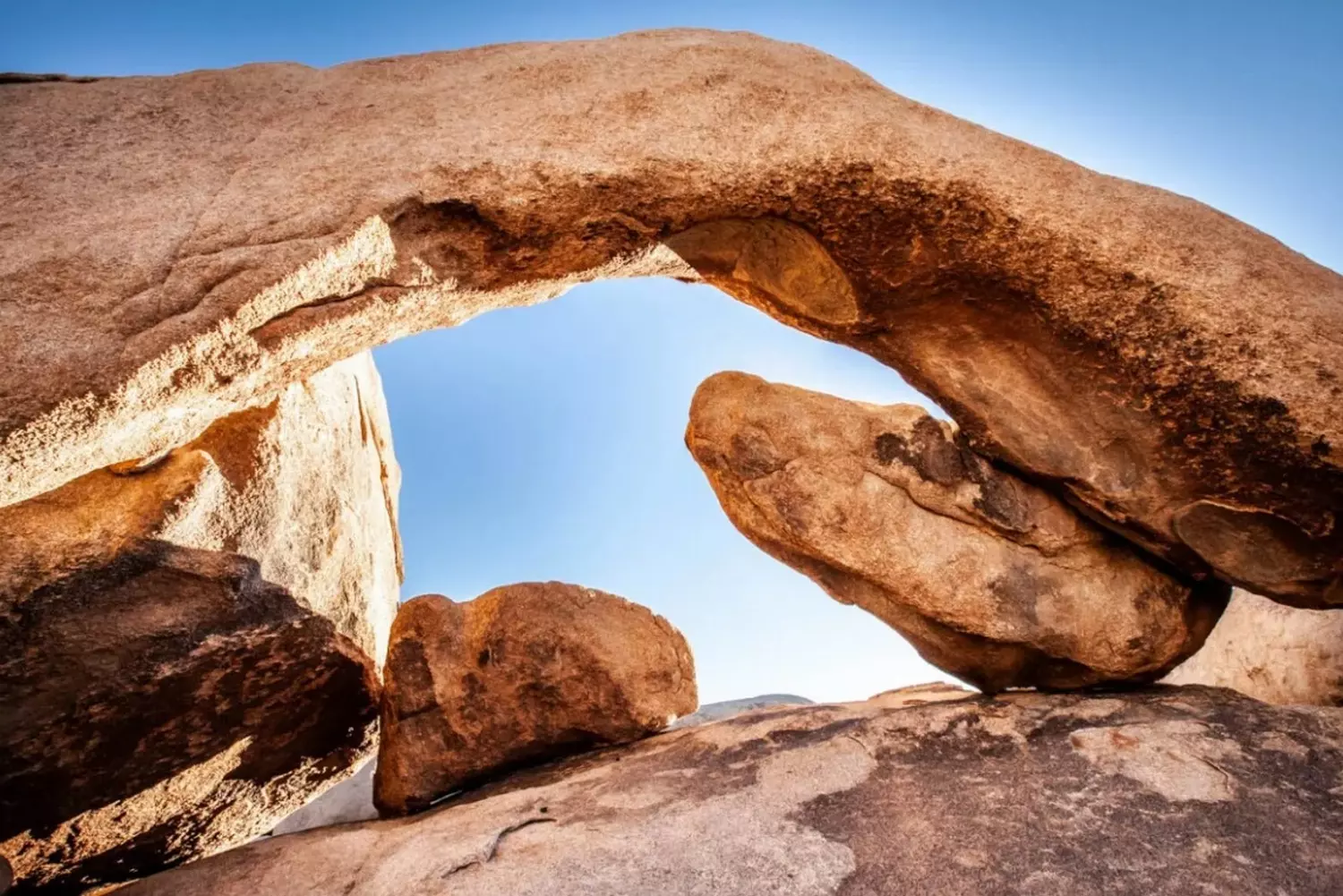
What does the desert hide? Shocking and amusing secrets of the park
- 01. Record-Breaking Cliffs and Ancient Stones
The park is a climber's dream: there are more than 8,000 climbing routes here. Some of the cliffs, called inselbergs (mountains-islands), formed 1.4–1.7 billion years ago — among the oldest rocks in North America, similar to those found in Antarctica and Australia. Other formations, such as Skull Rock, were created by wind erosion. - 02. The History from Mormons to Minerva Hoyt
The park owes its existence to the socialite Minerva Hoyt, who in the 1930s fought to preserve the desert landscapes. Thanks to her efforts, in 1936 the area became a national monument, and in 1994 — a park. Before that, for thousands of years, Native American tribes (Serrano, Chemehuevi) lived here, followed by miners and ranchers. - 03. Dangerous Inhabitants and Jumping Cacti
The park's fauna includes 57 species of mammals, including kangaroo rats (rodents that almost never need water) and side-blotched lizards that hibernate in the heat. But the main "aggressors" are cholla cacti, whose spines can easily pierce shoes. Locals call them "jumping" because they can attach themselves to passersby. - 04. Practical Tips for Visiting
The best time to visit is spring or fall: in summer, temperatures reach +40°C, and in winter, snow is possible. A 7-day pass costs $30 per vehicle, but there are free admission days (such as National Public Lands Day). - 05. The Mysterious "Racetrack Stones"
In the southern part of the park, in Death Valley, you can witness a strange phenomenon — stones that seem to move by themselves, leaving trails on the dry lakebed. Although scientists have discovered that this is the result of a rare combination of ice, wind, and rain, the spectacle remains mysterious. - 06. "Singing" Rocks
Some granite formations in the park, especially in the "Jumbo Rocks" area, produce strange sounds in strong winds. This phenomenon, known as "singing rocks," is caused by erosion and special cracks in the stone that create an acoustic effect. - 07. Secret Military Bases and UFOs
Near the park is the classified military base Twentynine Palms, and in the 1950s, many UFO sightings were reported in the area. Locals still tell stories of strange lights in the sky and even rumored entrances to underground bases. - 08. "Ghost Farms" and Abandoned Mines
The park preserves traces of the 19th-century gold rush — abandoned mines and farms. For example, at Lost Horse Mine, gold and silver were extracted, and now it's a popular tourist trail. Some mines are so old that their entrances are boarded up, but curious tourists still try to find them. - 09. "Moon Trees" — Descendants of Cosmic Seeds
In 1971, astronaut Stuart Roosa took seeds of various plants, including pines, to the Moon. After returning, they were planted in different places across the U.S., and one of these "moon trees" grows in Joshua Tree National Park. - 10. The Highest Point — Quail Mountain
Although the park is associated with desert landscapes, its highest peak is Quail Mountain (1,773 m). From there, you can enjoy a stunning view of both the Mojave and Colorado deserts, and on clear days, you can even see Mexico! - 11. "Barker Dams" — An Oasis with History
The Barker Dam oasis was created in the early 20th century to water livestock, but today it is an important site for wildlife. Petroglyphs of ancient Native Americans remain on the rocks around the dam, and during the rainy season, a small lake forms here. - 12. "Invisible" City Beneath the Park
There is an urban legend that under the park lies a secret underground city built in the mid-20th century for the elite in case of nuclear war. Of course, there is no evidence, but rumors are fueled by strange concrete structures found in remote areas. - 13. "Musical" Stones and Art Installations
In the 1980s, artist Lance Ong created the installation "The Integratron" — a wooden structure that, according to him, has acoustic and even "time" properties. Today, it is a popular spot for meditations and sound therapies. - 14. "The Park as a Movie Star"
Joshua Tree has "starred" in many films — from classic westerns to sci-fi. For example, scenes from "Star Wars" (Tatooine desert), "Indiana Jones", and even "The Martian" were filmed here. - 15. "Living Fossils" — Long-Lived Tortoises
The park is home to the desert tortoise (Gopherus agassizii), which can live up to 80 years and survive without water for years. These reptiles are true symbols of survival in extreme conditions. - 16. "Secret Cactus Garden"
In a remote part of the park, there is a place called the "Cholla Cactus Garden", where thousands of cholla cacti grow. At dawn and sunset, their spines glow with a golden light, creating a surreal landscape. - 17. "Mushroom" Rocks and Psychedelic History
In the 1960s, the park was popular among hippies, who performed "magical" rituals using the peyote cactus. Some rock formations were even called "mushroom rocks" because of their unusual shapes.
This park is not just a desert but a place where geology, history, mysticism, and pop culture intertwine. Every corner holds its own secret!
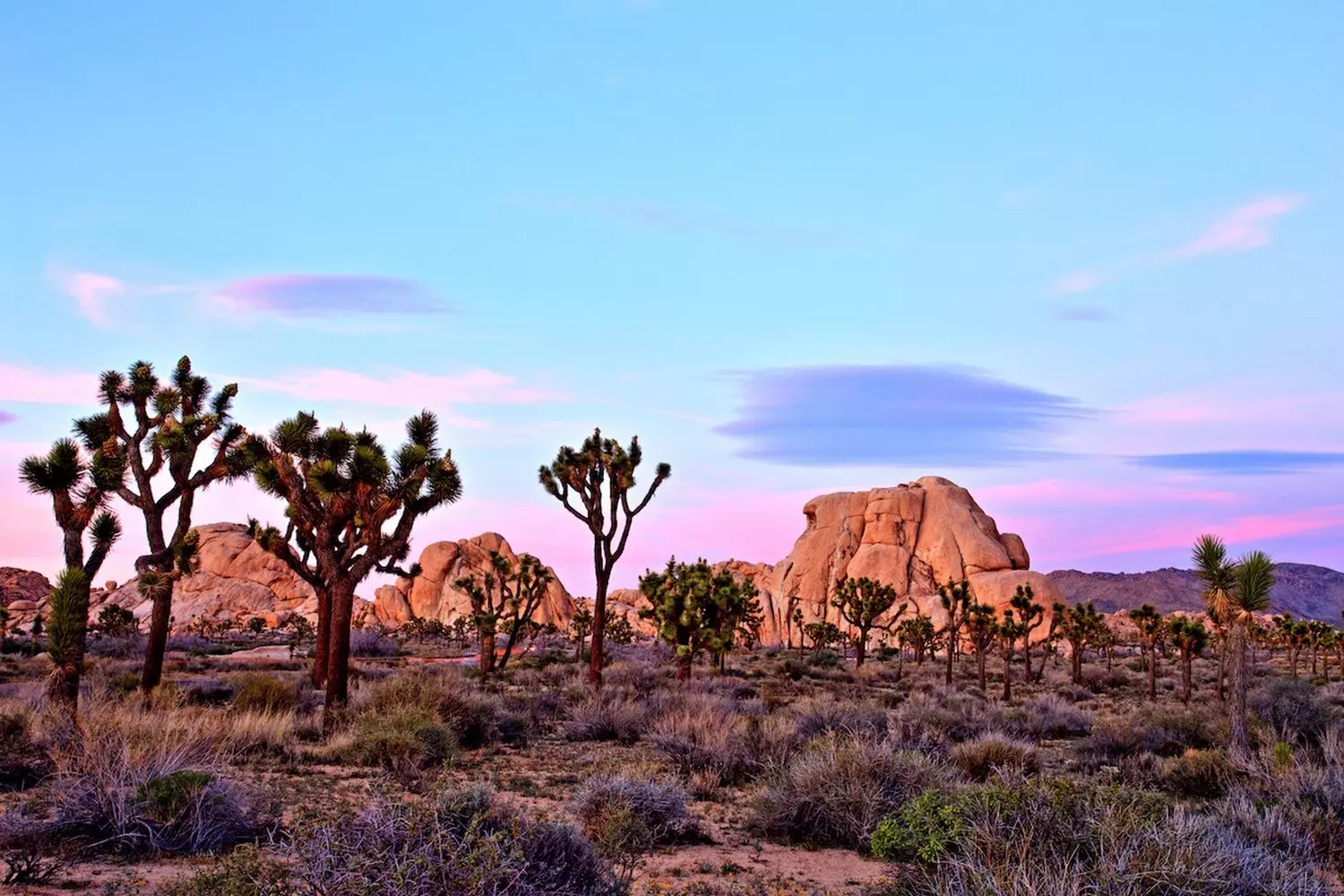
Почувствуйте магию пустыни с American Butler
Joshua Tree Park is not just a beautiful spot on the map. It’s a place where time slows down and thoughts become clearer. It’s a place where you can disconnect from everything and be alone with yourself and nature. Whether you’re visiting for a day or staying for a week, Joshua Tree will leave a mark on your heart.
And if you want this journey to be truly comfortable, safe, and fulfilling, American Butler is happy to help you organize your trip from start to finish. We know the best routes, cozy places to stay, and even the hidden corners of the park where the tourist trails don’t go.































